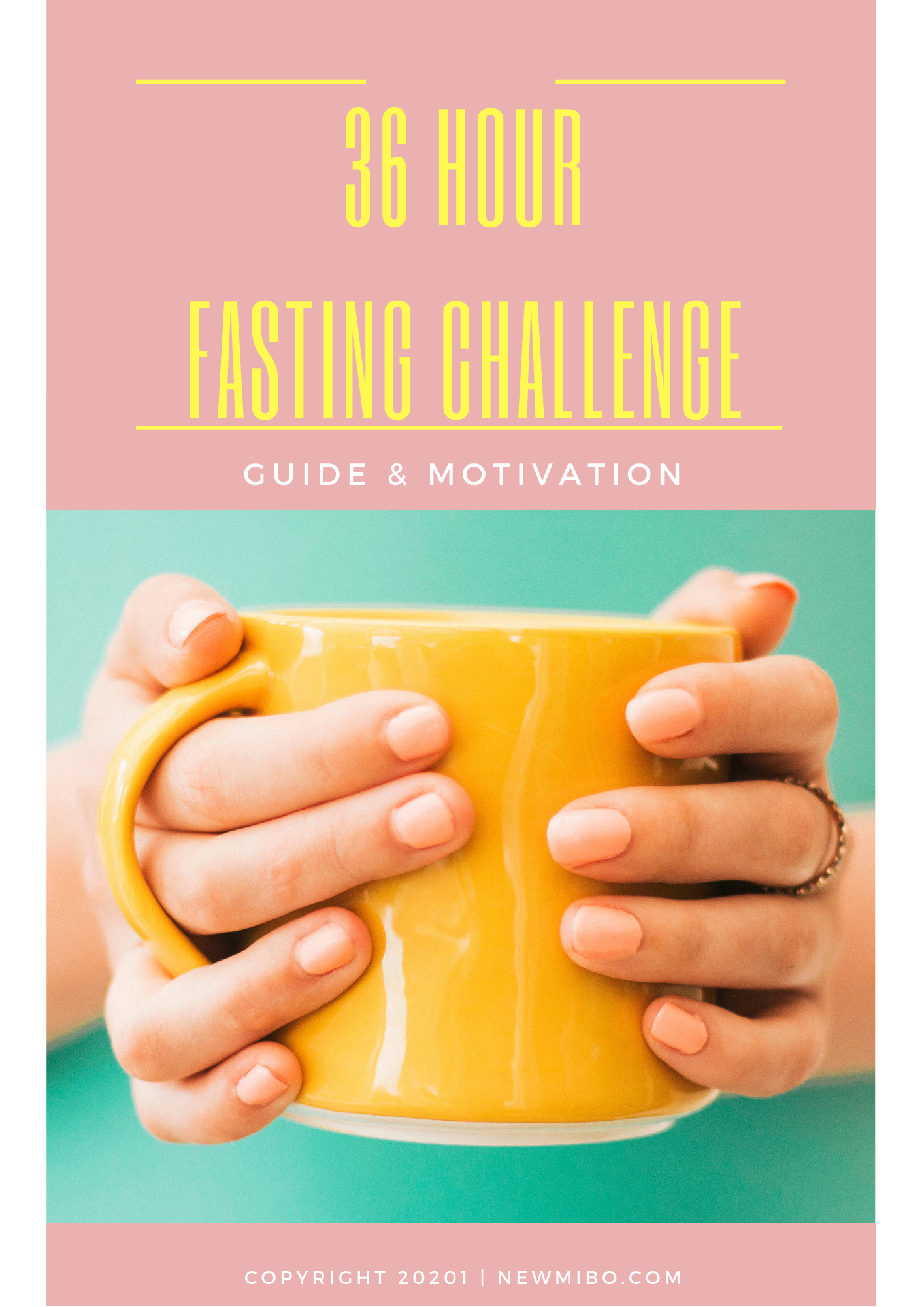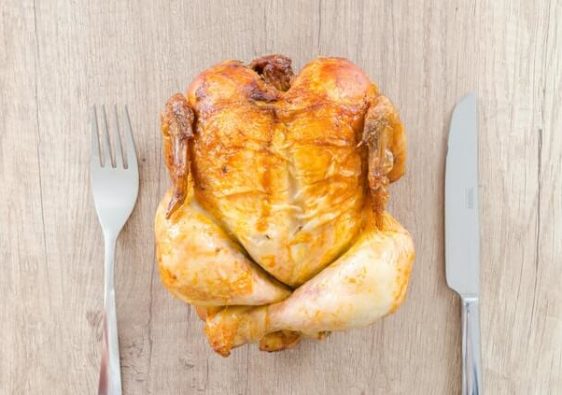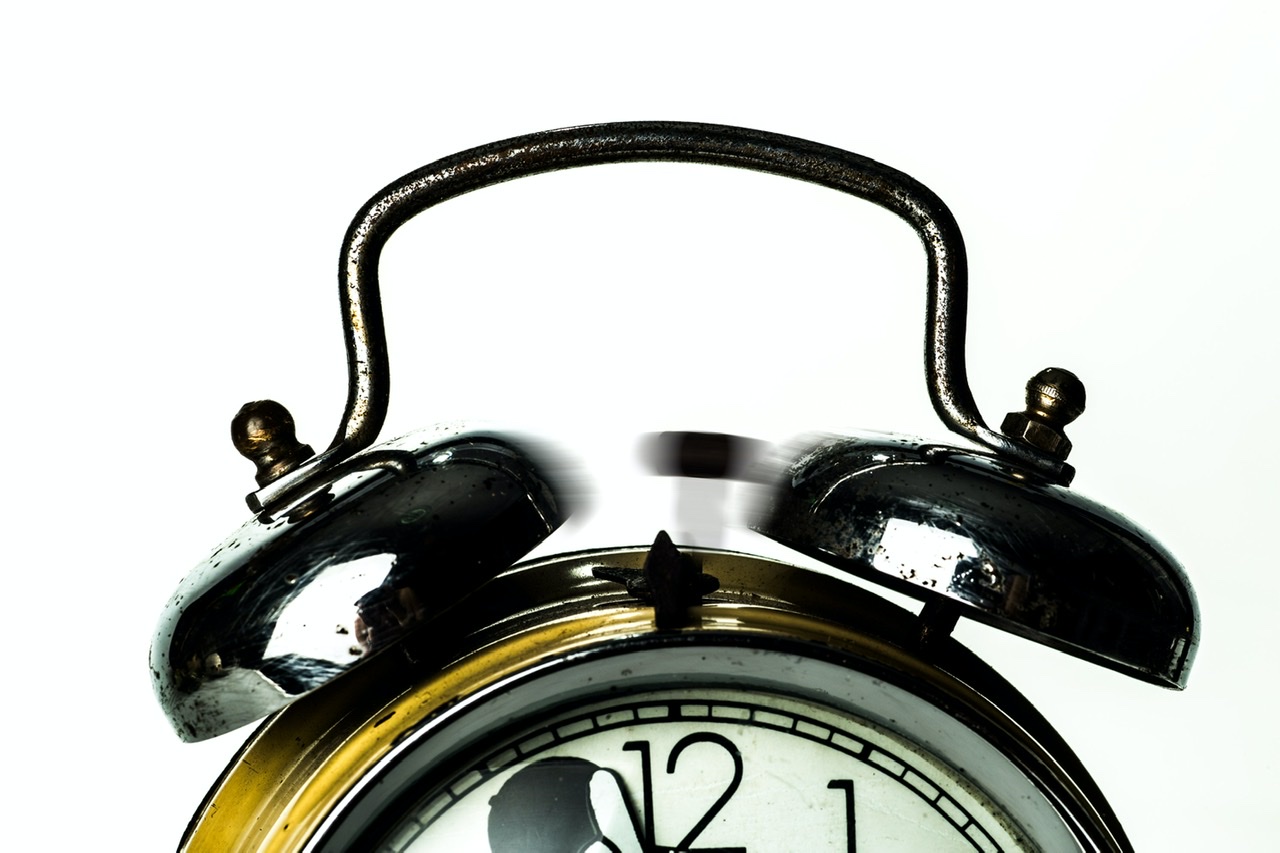16/8 .. what does it mean?
16 represents your fasting hours commonly referred to as a fasting window
8 represents your eating hours aka an eating window
16hours + 8hours = 24hours
…
for beginners with a little experience | complete beginners start with the 12:12 method
WHY 16:8
16 hours of fasting is generally considered long enough for lowering insulin, depleting enough sugar/glycogen in order to start burning some fat.
It is also a timeframe which is socially friendly and not too difficult to adhere to once you have practised for a while.
You get to eat within 8 hours per day which is enough to enjoy at least 2 main meals.
8 hours offer plenty of time to be flexible and adaptable.
Some people do not feel hungry in the morning which makes it easy to skip breakfast and fast until lunch.
16 hours of fasting is also long enough to start losing weight and to enjoy health related fasting benefits.
How to set the 16:8 timeframe
If you had done 12:12 fasting practice for at least a week this is just an extension of it. Instead of moving your breakfast to a later time, you will now skip your breakfast entirely. This seems to be the preferred set up for people starting or following the 16:8 lifestyle long term. Feel free to skip dinner instead of breakfast if that is your preference.
HOW OFTEN
START HERE:
As with every other IF method, you do not have to do it every single day to see results. Begin by selecting 3 days per week, ideally days when you’re busy enough to skip breakfast effortlessly.
The key is to plan your 16:8 days in advance, at the beginning of the week, write them down, perhaps stick a note on your fridge as a reminder and try your best!
Example :
MONDAY,
TUESDAY,
THURSDAY
SKIP BREAKFAST
Carry on doing this for 4 weeks, depending on how you feel, repeating the same days to create a routine. Use this time to experiment with your timeframe and selected days. Once you feel pretty comfortable, move on to the next stage.
NEXT STAGE
This involves using the 16:8 method daily from Monday to Friday. There is no reason why you shouldn’t fast intermittently on a daily basis. Dr. Fung recommends daily short (yes 16 hours is considered short, sorry) fasting in his book The Complete Guide to Fasting page 203 and deems such frequency safe.
Your weight loss will be slow and steady as long as you do not compensate for your skipped meal later on in a day.
Use fasting as a tool to help you reduce your overall food consumption without counting calories or weighing your portions.
WEEKEND FASTING
Ideally, you should carry on with intermittent fasting throughout the weekend too. After all your body does not care what day of the week it is.
Realistically, people want to take a break at the weekend.
Here’s a compromise. Keep your mind in the fasting zone, meaning, do not take a complete day off from fasting but instead shorten your fasting window if you prefer. Do not completely abandon the idea of intermittent fasting. Even if you just do 12 hours it is still in keeping with your new lifestyle. This will make it easier to continue on Monday and it will prevent some major “cheating” and regrets.
Intermittent fasting is now your lifestyle, it is what you do. Believe in it and believe in yourself.
WHAT TO HAVE AND WHAT TO AVOID
FASTING WINDOW:
You can still have low calorie liquids in the morning such as tea, coffee, water, lemon water.
Your fast starts when you finish your last meal and ends when you have your first bite of the next meal.
EATING WINDOW:
For the rest of the day, after you have completed 16 hours of fasting, you eat as you normally would. You can have your usual lunch and dinner with a snack in between if you need to.
The key is not to compensate for the meal you chose to skip.
- if you prefer having dinner, practise skipping breakfast
- if you finish your dinner at 20.00 your next meal should be at 12noon the following day
- adjust your dinner time so you don’t suffer the next day
- also eat meals which keep you fuller for longer
- remember FAST starts when you finish your last meal
- if you prefer having breakfast, practice skipping dinner
- if you have breakfast at 8.00 you should finish your last meal of the day at 16.00
- adjust the time of your first meal/breakfast to suit your needs
- remember your 8 hour EATING WINDOW starts with your first mouthful
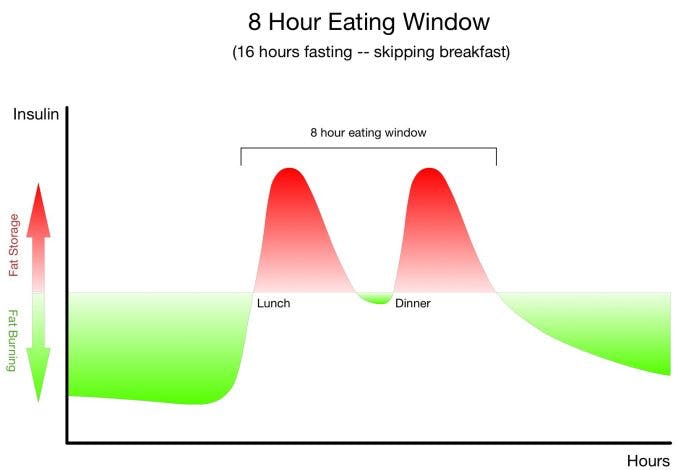
Source: www.dietdoctor.com
WEIGHT LOSS with 16:8
If you follow the 16:8 method regularly, you will lose weight, whether you believe in;
- weight loss to be utterly dependant on insulin and other hormones and you don’t subscribe to the CALORIE IN CALORIE OUT concept
or
- you are a firm supporter of the FIRST LAW OF THERMODYNAMICS where losing weight is solely dependable on CALORIES IN CALORIES OUT
Furthermore, it would be hard to argue against the potential health benefits, ease of adherence, simplicity and steady weight loss of the 16/8 method.
Example:
say you skip breakfast worth 300-500 of calories 3 times per week, that can add up to 900-1500 calories per week. You will have reduced your calorie intake by 3600 – 6000 calories in 4 weeks/1 month time.
That’s without changing anything else in your diet or lifestyle.
No, you do not have to go on a diet, order different meals, cook separate meals for yourself and your family, spend money on super foods, diet foods, you do not need to count calories, weigh your food, feel guilty, deprive yourself, or avoid social functions.
All you need to do is to skip a set meal at least 3 times per week. Your strategy can go completely unnoticed. The only thing people will start noticing is your steady seemingly effortless weight loss.
WEIGHT loss plateau
So you’ve been following the 16:8 method and at the beginning you’ve been losing weight steadily, however not anymore. Here is some troubleshooting;
- add more days of 16:8 into your week
- check that you’re not compensating for your skipped meal by eating more during your eating window
- make sure your 16 hours of fasting are really fasted, every bite is cheating
- cappuccino, late, juice, snack bar, a bite of fruit, nuts, break a fast; if you have any of these in your fasting window you are NOT fasting
- download a fasting app and track your fasts truthfully
- try and extend your 16hours fasting window by 2 or 3 hours on some days
- are you moving less because “you’re fasting”?
STUDY
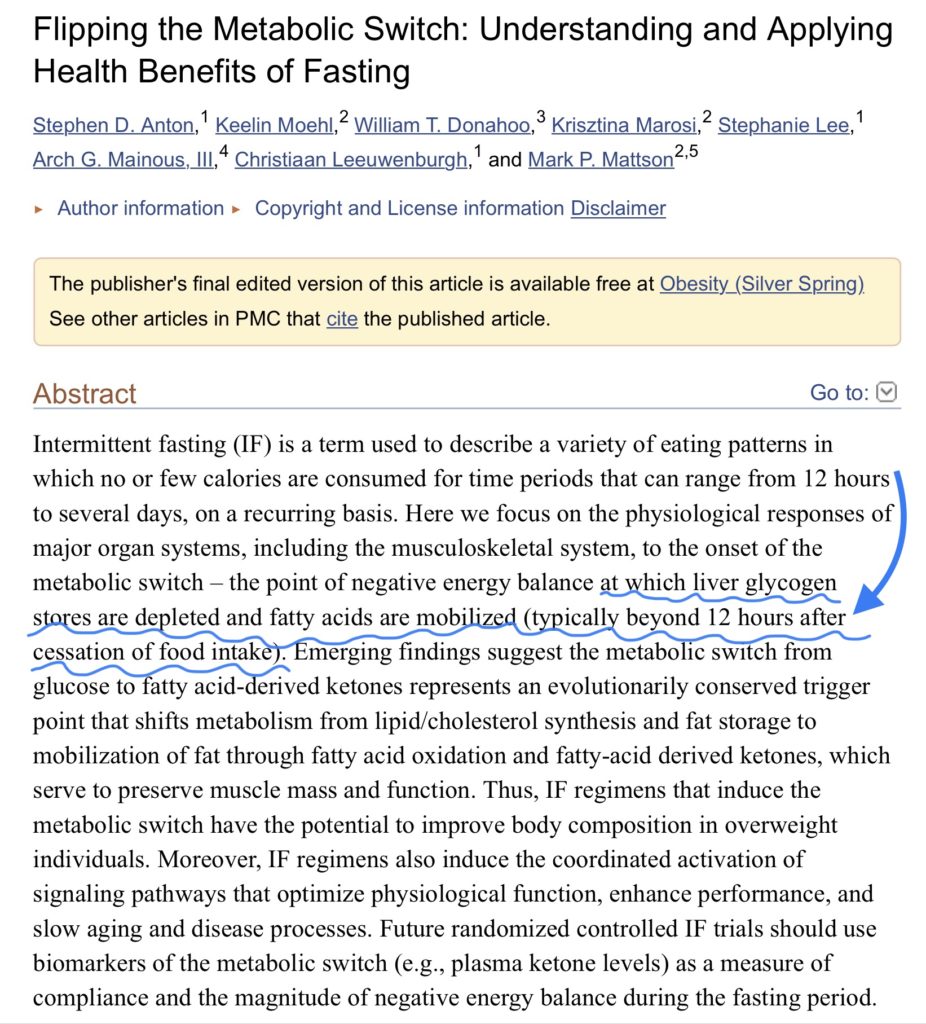
According to this STUDY,12 hours seems to be the required minimum for IF.
Aim to extend your 12 hour window by 2 to 4 hours to allow your body to begin utilising/burning fat for energy.

